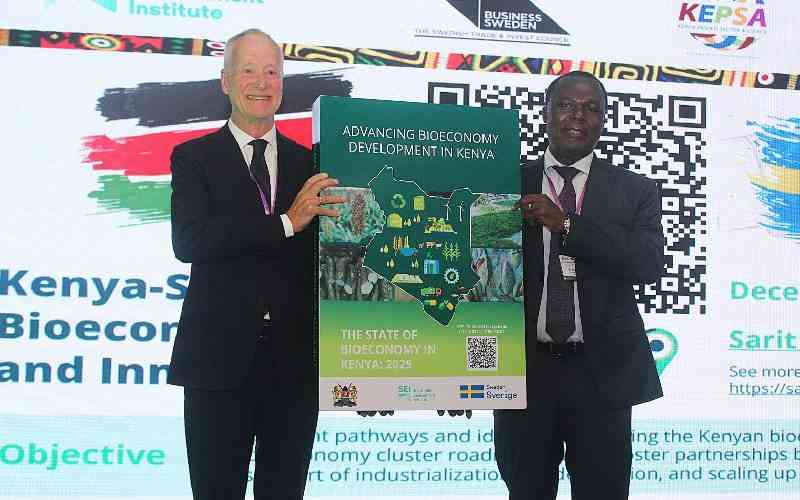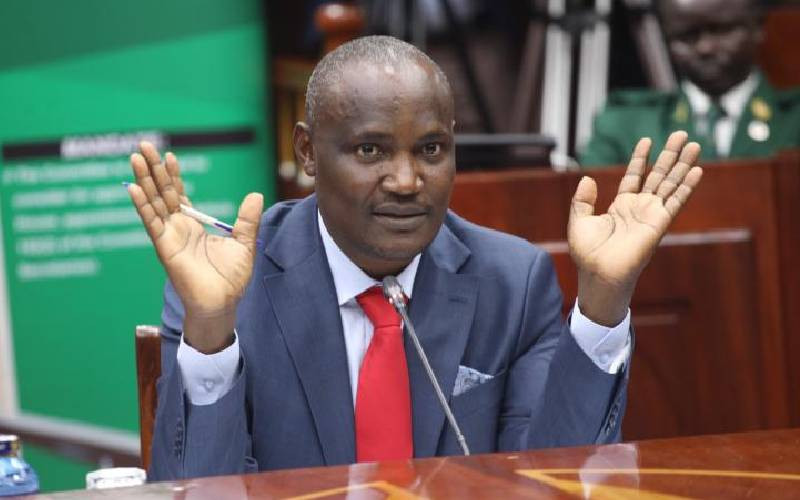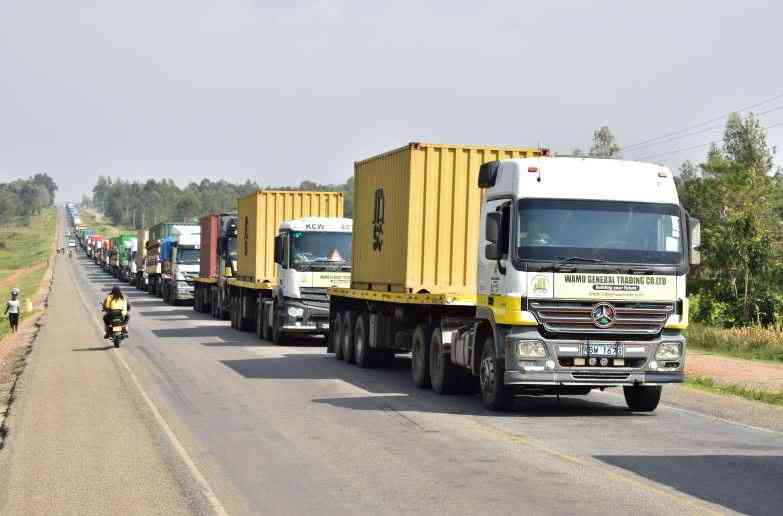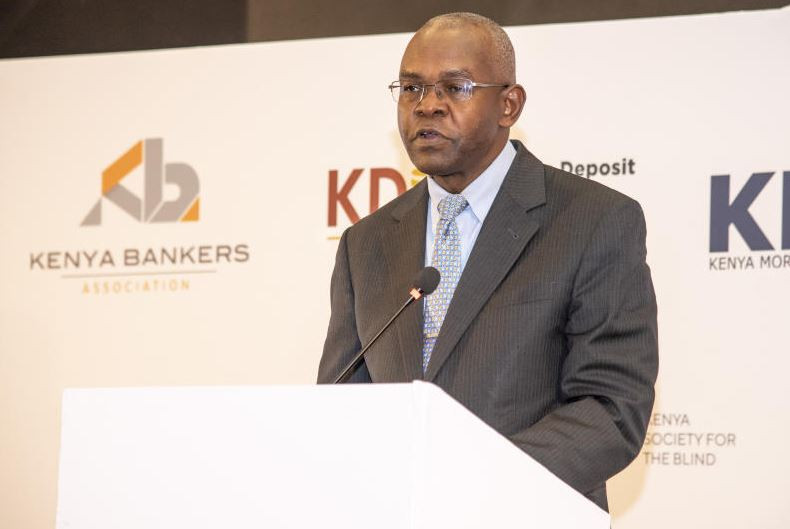×
The Standard e-Paper
Truth Without Fear
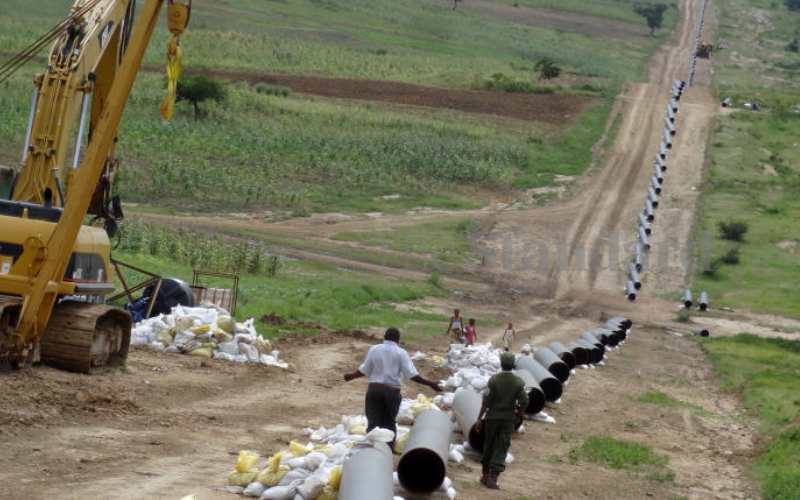
Construction of multi-product oil pipeline at Kokotoni village along the Mombasa-Nairobi highway, July 15, 2015. [Gideon Maundu, Standard]
After 43 years, Kenya’s oldest pipeline is being decommissioned, retiring one of the most iconic facilities that helped shape the country’s economic history.
